By Eric Niderost
Two Generals met in the Fall of 202 BC in a last-ditch attempt to secure a mutually agreeable peace between their respective nations. At least that was the official reason for the impromptu conference. Their armies were camped nearby. If the talks broke down, the issue would be decided by the sword. One of the men was Roman, the other Carthaginian, but the mutual respect they had for each other eclipsed any hatred that might otherwise have grown after more than a decade of continual strife.
Each man was accompanied by a small escort of cavalry, but the horsemen were soon left behind. The generals continued alone, save for two interpreters, and once they were within a few feet of each other they halted and dismounted. At that point, a curious thing happened. They just stood there staring, not saying a word to each other. They were lost in a mesmerizing state of mutual admiration, says Roman historian Livy.
The Carthaginian had lost sight in one eye, not from battle but from an ocular disease called ophthalmia. The malady did not seem to slow him down; indeed, he could probably observe more with his one good eye than most men could with two eyes. Here was a chance to size up his Roman adversary, a man whose fame was growing with each victory. It remained to be seen whether the Roman would prevail against one of the greatest commanders of all time.
The Roman was Publius Cornelius Scipio, a young commander who already had won a number of victories against the Carthaginians in Spain. Later portrait busts show him with a stern gaze and penetrating eyes. This look was the hallmark of what the Romans called gravitas. Scipio had a slightly cleft chin, and he was almost completely bald.
Scipio had every right to be dumbstruck, for the Carthaginian was none other than Hannibal Barca. Hannibal was a living legend. In modern times, he is regarded as a military genius whose name is mentioned alongside such immortal generals as Alexander, Caesar, and Napoleon. Yet for all his fame we do not really know what he looked like. The Carthaginians were Semitic, and in broad terms they were bearded and wore clothes similar to those worn in the Middle East. The upper classes, however, were Hellenized and generally followed the fashions of Greece. That means that Hannibal might have been clean shaven and wore Hellenistic clothes and armor.
The spell cast by their mutual admiration was soon broken, and the two men started to converse in earnest. The stakes were high. Whoever won the pending clash of arms would dominate the western Mediterranean and the lands that bordered its waters. Rome was ascendant at the time of their meeting, and Carthage had much more to lose than its rival. Hannibal knew this and was determined to use both his fame and charisma to win over the Roman who stood almost deferentially before him.
The rivalry between Rome and Carthage began well before the two protagonists were born. Both civilizations were expanding empires. Rome devoted much of the third century BC to the gradual conquest of Italy. By 265 BC the city on the Tiber controlled most of the Italian peninsula.
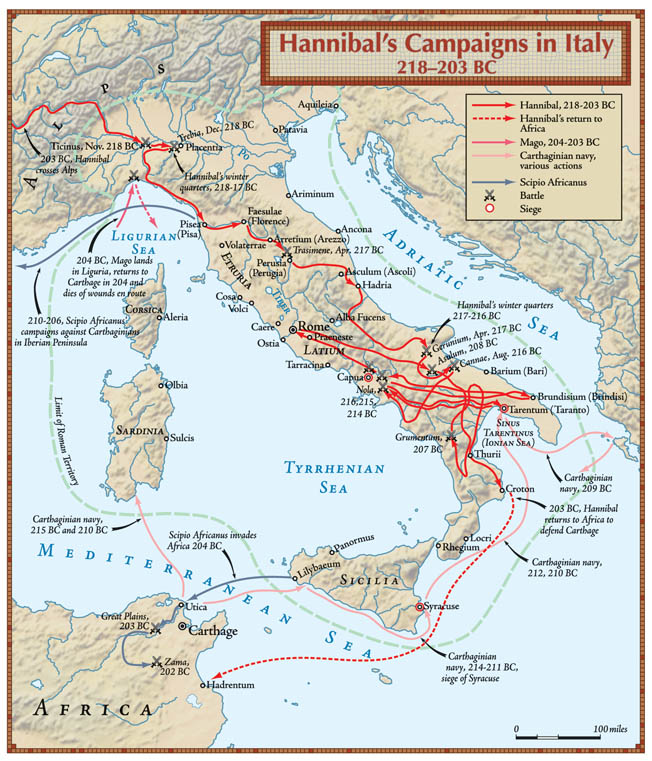
Carthage was founded in North Africa as a satellite colony of Tyre, the fabled Phoenician city mentioned many times in the Bible. It was called Qart Hadasht, which means new city, but the rival Romans called it Cathago. It was small in the beginning, a mere outpost, but its growth was stimulated by its strategic location on a fist of land that juts into the Mediterranean.
The Phoenicians were merchants who became legendary seafarers in their quest for profits. One of their admirals, Hanno the Navigator, left the Mediterranean and ventured out into the Atlantic Ocean to explore the African coast. It was an epic voyage, so heroic that even the Romans preserved the tale of his adventures after they destroyed Carthage in 146 BC. Hanno may have gone as far as the Cameroons, likely traveling more than 3,000 miles.
The Carthaginians conquered a generous slice of North Africa and made the various Berber tribes that inhabited the region unwilling subjects. They also established colonies and outposts on Sardinia, Corsica, and the Balearic Islands. As a result, they soon had a foothold in southwestern Spain. Their powerful navy ensured that the western Mediterranean became for all intents and purposes a Carthaginian lake. This enabled them to establish a trade monopoly throughout the Mediterranean region.
The First Punic War, which began in 264 BC, essentially was a battle for control of Sicily. The name is derived from Punicus, a reference to the Carthaginians’ Phoenician ancestry. At the outset of the conflict, Carthage held the upper hand at sea, while Rome held the upper hand on land.
The Romans knew little of the sea but learned quickly. They did have a small navy, but they lacked a seafaring tradition. The standard Carthaginian warship was the quinquereme, a powerful, heavy vessel whose main tactic was ramming. Initially, few Roman warships could stand up to such a battering.
Legend has it that the Romans received a stroke of luck when a wrecked Carthaginian quinquereme was found along a shoreline. They copied it and were thus able to create a fleet seemingly by magic. But the Romans were still essentially land warriors. It remained to be seen whether they could develop the necessary maritime skills in a short time.
The solution was the corvus, a swiveling, derrick-like gangplank that was set up at the bow of a Roman ship. Corvus means raven, and the name comes from an iron spike, like a beak, that attached to the end of the gangway or gang plank. When an enemy ship was close, the Romans would lower a gangplank. As the gangplank crashed down, the beak would drive deep into the enemy vessel, locking the two vessels together
Once the gangplank was secure, it formed a bridge and allowed Roman marines to cross over to the Carthaginian ship and take it by force of arms. Use of the corvus was neither foolproof nor a guarantee of victory at sea, but it did counteract ramming enough to give the Romans a real chance of winning the war. The naval struggle between Rome and Carthage seesawed back and forth, but eventually Rome got the upper hand and Carthage lost the First Punic War in 241 BC.
While the Carthaginians were preoccupied with an internal revolt by mercenaries, the Romans seized Sardinia and Corsica. It was obvious that the peace was only a pause, a mutually agreed truce before another round of war would begin again. Carthage needed a place to both recruit new armies and fill its depleted coffers and Spain seemed the obvious choice. Its silver mines were incredibly rich, and Carthage’s foothold on the Iberian Peninsula could be expanded.
The Carthaginian government was luke- warm if not actively hostile, but somehow General Hamlicar Barca managed to get permission to take a modest force to Spain. Hamlicar was spectacularly successful, expanding his city’s Hispanic realm, but he died prematurely when he drowned in 229 BC. His son-in-law, Hastrubal the Fair, continued Hamlicar’s work and founded New Carthage (modern Cartagena).
But when Hannibal Barca, the 26-year-old son of the late Hamlicar, assassinated Hastrubal the Fair, the Carthaginians chose him to command the Carthaginian army in Spain. Beloved by his men because he shared their hardships, Hannibal soon proved himself to be a brilliant strategist and resourceful tactician. He possessed the indefinable qualities typically associated with military genius. Barca, his family surname, means lightning, and he was capable of rapid decisions when planning battles.
Hannibal was no hard-headed god of war. He was classically educated and spoke Greek and Latin apparently with some fluency. Having interpreters along might have been a mere formality, or as a safeguard that important conversations were not somehow misunderstood. It was said that Hamlicar made his nine-year- old son swear that he would be a lifelong enemy of Rome. Hannibal meant to fulfill that pledge.
Hannibal decided to take a bold course of action. He would invade Italy and bring the war to the Roman heartland. He knew that he would face multiple obstacles in pursuit of his goal. One of these was the towering, snow-capped Alps and another was the fierce mountain tribes. He knew he would have to run a gauntlet of hostile mountain people who would have the advantage of fighting on their own terrain.
Hannibal set out in May 218 BC with 50,000 infantry, 6,000 cavalry, and 60 elephants. Just as he expected, he encountered treacherous mountain pathways and deep snows in the Alps. Hostile Gallic tribes attacked his column frequently, hindering its passage but failing to stop its steady progress. His legendary Alpine trek was something of a miracle, but it was accomplished at heavy cost. When his weary army marched gratefully into northern Italy’s sundrenched plains, he was down to about 26,000 infantry, 4,000 cavalry, and 20 elephants. But Hannibal’s genius more than made up for any deficiencies in numbers. He defeated the Romans in battle at Lake Trasimene in 217 BC. The loss shattered Roman confidence.
It was at this critical juncture that Quintus Fabius Maximus became dictator. It was an office that could be activated in times of crisis. A dictator could command all he surveyed, but only for six months. Fabius used his new powers to institute a strategy that would later be named for him. Fabian strategy was the practice of avoiding pitched battles at all costs. At the same time, though, the strategy also called for hit-and- run attacks to deny the enemy rest.
In regard to Hannibal’s army, the Romans sought to ambush the Carthaginians whenever possible. This meant targeting Hannibal’s forage parties to prevent him from feeding his army. It also meant waiting patiently for Hannibal to make a mistake or at least to be backed into an unfavorable position.
Knowing Hannibal’s superiority in maneuver and in cavalry, Fabius posted Roman troops in hilly ground where Carthaginian horsemen would not be able to operate. But the Roman Senate grew impatient with this war of attrition, derisively giving Fabius the nickname Cunctator, which means delayer.
It was not until much later that the Romans came to fully appreciate the strategy. Fabius prevented Hannibal from breaking up Rome’s system of alliances and kept the great general frustrated and off balance. He bought precious time for Rome and in the end saved the state by delaying the Carthaginian army. By 216 BC Roman patience was at an end, and the cries for action grew too loud to ignore. Two consuls, Terentius Varro and Licius Aemilius Paulus, decided to confront Hannibal at Cannae, a small but important supply base. The Roman army was huge; it comprised eight legions totaling 80,000 men. Hannibal had a much smaller, polyglot force of 40,000 men.
Hannibal employed an unusual convex formation for his center. His lines bulged outward toward the Roman position. As the Roman legions pressed forward, the Carthaginian line bent back in concave fashion but did not break. It was like punching a pillow; that is, the fist was absorbed and surrounded without having done any real damage. This was the classic double envelopment, and it confirmed Hannibal’s genius on the battlefield.
The Roman legions at Cannae were completely bottled up. The Romans were so tightly packed that they could barely use their weapons. When the Numidian cavalry arrived to cork the bottle, the Roman fate was sealed. The Carthaginian army killed approximately 50,000 and captured many more. Roughly 10,000 Romans fought their way out of the trap. Among those who escaped was Scipio. By any definition, Cannae was a catastrophic defeat for the Romans.

In the wake of the defeat, many Roman allies in southern Italy switched sides and joined Hannibal. Rome seemed to be on the edge of a precipice; one final push, and the city would plunge to its doom. Hannibal hesitated to march on Rome, a decision he probably regretted in later years. Historians have given various reasons for why the great general did not take Rome, including lack of siege equipment and fear that new Roman relief armies might attack his rear while he was investing the city.
These arguments have some validity, but if he had taken and destroyed Rome the entire course of western civilization would have been changed. With Rome conquered and its citizens put to the sword, the Roman system of alliances and treaties might have collapsed like a house of cards. But Hannibal, usually willing to take risks, hesitated. He chose to err on the side of caution.
The opportunity passed, and never again would Rome would be in such dire peril. Hannibal decided to wait for reinforcements, a quixotic notion given the fickleness of the autocratic Carthaginian government. But there was always hope that his brother Hasdrubal in Spain might be able to duplicate his Alpine-crossing feat and enter Italy. It is also probably true that Hannibal, despite his childhood oath, had no deep and abiding hatred of Rome. If the Romans had acknowledged Carthaginian hegemony in Spain and parts of the western Mediterranean, he would have easily made peace.
Though many of the Roman allies defected, central Italy remained loyal. In spite of horrific losses, Romans raised fresh armies phoenix-like from the ashes of defeat. The aftermath also revealed the fundamental differences between the Roman and Carthaginian military systems and methods of rule.
The Romans were a warrior race, a society where everyone, whether aristocratic or lowly plebian, was ready, willing, and able to wield a sword for his city. In contrast, the Carthaginians were merchants who relied on mercenaries or unwilling conscripts to do the fighting. It would prove to be a fatal mistake. Only in times of dire emergency would native Carthaginians reluctantly put down their accounting scrolls and take up spears and shields.
Roman rule also displayed a relative fairness and subtlety that would stand the Romans in good stead when a crisis arose. Territories close to Rome received full Roman citizenship, while others had the right of local self-government and a chance of Roman citizenship. Allies supplied troops to Rome, but they paid no Roman taxes. The Romans established colonies in newly conquered areas, which they populated with retired Roman soldiers. These islands of Roman citizens fostered stability and ensured Roman control.
In contrast, the Carthaginians were heavy-handed rulers. Although a few upper-class Carthaginians married into Numidian (Berber) royalty, most did not. For the most part, though, the subject peoples were heavily taxed and apparently treated with ill-disguised contempt. Even Phoenician colonies; that is, people with the same blood as the Carthaginians, found that family ties brought them no privilege. They were forced to pay for Carthaginian protection, but the tribute was little better than extortion.
Because of Rome’s relatively liberal policies most of its allies stood firm. Rome’s allies were a crucial source of manpower. Thus, Rome had the resources as well as the determination to endure a long war. Carthage’s short-sighted greed and reliance on unreliable mercenaries meant it was at a decided disadvantage when fighting the city on the Tiber. For a few years the brilliance of Hamilcar and his son Hannibal seemed to augur victory, but bad policies and a crippling lack of long- term resources ultimately were the Carthaginians’ undoing.
Cannae saw Rome’s fortunes at their absolute nadir. Yet, as they were to demonstrate time and again, the Romans refused to give up or even entertain the notion of surrender. Indeed, the Romans were most dangerous when they were hard pressed. The inhabitants of Rome experienced a wave of initial panic, and they prepared the city to endure a possible siege.
After the initial shock wore off, the Romans picked the right strategy. They decided to send substantial forces to Spain to threaten the silver mines that were Hannibal’s source of funding and drain his manpower reserves from the region. They also would readopt the Fabian strategy of avoiding pitched battles with Hannibal, choosing instead to focus on the territory that had gone over to him in the wake of Cannae.
Before the Romans could carry out the strategy, they received news of a shocking defeat in the Iberian Peninsula. The Carthaginians and their Iberian allies had annihilated one Roman army, and Scipio’s father and uncle had been killed in 211 BC. Given the circumstances, few Romans wanted to risk their reputations on a campaign that seemed doomed from the start. The Roman Senate turned the matter over to the assembly. They were more than glad to wash their hands of a troublesome dilemma.
The Roman assembly chose Publius Cornelius Scipio, the man who had lost his father and uncle, to be proconsul in Spain. The 24- year-old Roman was technically too young for the post, but he still received a unanimous vote. He would more than live up to their expectations. Within the next few years he built up an impressive military reputation. He showed just how good he was in battle when he captured New Carthage in 209 BC.
In the meantime, Hannibal was forced to look on helplessly as the Romans retook the territories lost to them after Cannae. In Sicily, a Roman army captured Syracuse, a major blow to the Carthaginian cause. It was also a loss to science, because a Roman soldier killed Greek engineer, inventor, and mathematician Archimedes after the city’s fall.
When Hasdrubal finally managed to reach Italy with a relief army, he was disastrously defeated by the Romans before he could reunite with his older brother. Hannibal got the news when Hasdrubal’s severed head was flung into his camp. Deprived of reinforcements, Hannibal was effectively neutralized. It stands as a tribute to both his genius and charisma that he maintained a heterogeneous army in Italy for more than 15 years. He was the glue that kept his polyglot force relatively intact.
Scipio returned to Italy, and his prestige was such he was elected Consul in 205 BC. Seasoned by years of war and armed with new consular powers, Scipio’s own strategic brilliance by that time equaled Hannibal’s. Scipio decided to turn the tables on the Carthaginians by invading North Africa. They would get a taste of their own medicine.
Scipio sailed with 30,000 men and 440 ships. The Roman armada made the passage unmolested because by that time the Roman navy dominated the Mediterranean. Numidian cavalry was essential to the Carthaginians, the one element that often made the difference between victory and defeat. When Scipio arrived in North Africa, two Numidian princes, Massinissa and Syphax, were locked in a bitter contest for supreme power in their country.
Syphax, having married a beautiful Carthaginian noblewoman, was easily persuaded to ally himself with Carthage. In the meantime, Scipio easily won a couple of battles against the Carthaginians, alarming the city’s oligarchic government. The Second Punic War would be noted for its brutality as well as its treachery, and this African phase was no exception. Both sides resorted to double dealing as a matter of course. Scipio was an honorable man, but in war he played false if it suited Rome’s needs.
The Carthaginians were also past masters of duplicity, and fides punica (Carthaginian faith) was a synonym for treachery. Carthage sued for peace, and Scipio responded by offering terms that essentially confined their empire to Africa. Spain, Italy, Gaul, and the Mediterranean islands would have to be abandoned. The Carthaginians accepted, and the Roman Senate ratified the deal.
But the Carthaginians were playing for time until Hannibal could come home and reverse the situation. They showed their hand when a Roman supply fleet that been driven ashore by a storm was looted and the surviving ships requisitioned. When a Roman delegation arrived to demand compensation for the losses, the envoys were almost lynched. The Romans did not leave Carthage unscathed. They escaped the initial assault but were ambushed on their way back to their ships, losing some men in the process.
This was an outrage, but the Carthaginians did not care if the mask of subterfuge had dropped. Hannibal had arrived in Africa, and they were confident that their great general could still snatch victory from the jaws of defeat. Hannibal was not happy to be back in his homeland following an absence of 36 years. He avoided visiting Carthage, perhaps fearing his presence would only stir up long dormant partisan political debate.
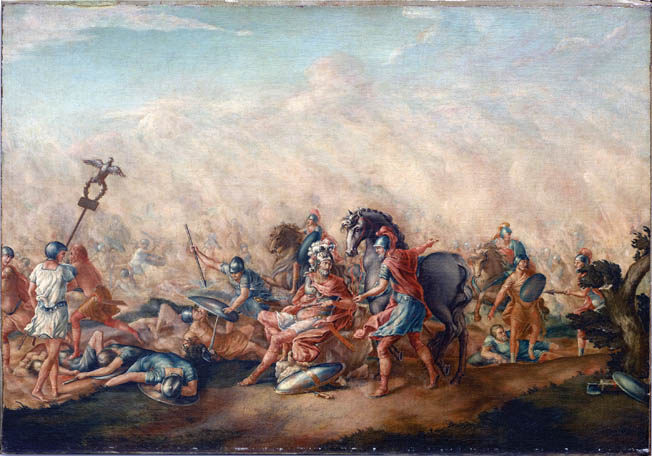
The time drew near for a battle between Scipio and Hannibal. It was at this moment that Hannibal requested an interview with Scipio. When they did meet Hannibal complimented Scipio, but the praise was tempered with warnings of hubris. Indeed, it was the kind of show of pride that might lead to a downfall. Hannibal suggested they should make peace rather than rely on fickle fortune. But Scipio rejected the idea of peace, at least on Carthaginian terms. He pointed out that the Carthaginians did have a peace treaty with Rome but had chosen to secretly double cross the Romans by summoning Hannibal. The issue would be decided on the field of battle.
The Romans organized their infantry into four categories: velites, hastati, principes, and triarii. Membership in a given category was determined by age and economic status. The velites were the skirmishers who were lightly armed with javelins and small shields. Their primary function was to screen the heavy infantry and engage the enemy’s light infantry if necessary. They were from the poorer class but not destitute. The real poor served as rowers in the navy. The velites were generally young and inexperienced, but they learned quickly.
By contrast, the hastati were a little older and a bit better off financially. They had to be since they were required to provide their own armor. They generally were equipped with two pila (javelins), a long, heavy scutum (shield), and a gladius (short sword). The next group, the principes, a word that means prime of life, were family men in their early 30s and armed much like the hastati.
The triarii were older veterans. They were rich enough to buy protective equipment, such as a mail coat, greaves, and a helmet designed in the style of what now is known as Etrusco-Corinthian. They carried a sword and a long thrusting spear.
The basic tactical unit for the hastati and principes was the maniple. Each maniple had 120 men and was formed into a block of soldiers 20 men across and six ranks deep. The maniple was itself subdivided into two sub units, the centuriae or centuries of 60 men each.
In battle the maniples of the hastati would be the first heavy infantry into action, coming forward after the skirmishing velites had withdrawn. The front century would move right, and the rear century would come forward to fill the gap. In this way a solid front would be presented to the enemy. As they moved forward, their pila would be thrown, then as they closed it would be hand-to hand fighting with swords and shields.
The Roman formations were flexible enough to allow soldiers to fight in relays. If the enemy had not broken after an hour or two of fierce swordplay, tiring hestati could withdraw and be replaced by maniples of the second rank, the principes. If the enemy proved too hard a nut to crack, the principes in turn withdrew and handed the job over to the triarii.
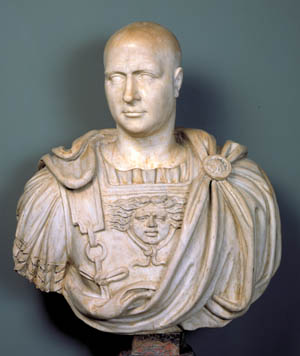
Scipio had approximately 30,000 infantry and 6,000 cavalry, the latter mostly horsemen from his Numidian allies. Legion V and Legion VI anchored the Roman center. Deployed on their right and left were allied Italian legions. Additionally, a contingent of Numidian infantry was deployed on the Roman right. Roman, Numidian, and various allied cavalry secured the extreme flanks.
In planning his dispositions, Scipio first had to take into account the enemy’s war elephants. Hannibal had approximately 80 elephants in his army, but many of them were only partly trained. The elephant functioned much like a modern tank, crashing into Roman lines and trampling hapless Roman troops under their massive feet.
Interestingly, the Carthaginians used forest elephants in their armies, a subspecies smaller and apparently easier to tame and train. Although these elephants were formidable, they were smaller than the Asian or sub-Saharan species. The forest elephant is extinct due to climate change and loss of habitat. Two centuries ago North Africa did not have as much desert as it does today. Many thousands also met their deaths over the centuries in Roman arenas.
Carthaginian elephants apparently had no fighting towers strapped to their backs as pachyderms did in the Middle East. The only passengers they carried were their mahouts (drivers), who straddled their massive necks close to the head. Enemy soldiers found the massive beasts hard to kill; however, they sought to drive them into an uncontrollable fury by inflicting numerous small wounds with arrows, spears, and stones. Half crazed by their injuries, the elephants usually became uncontrollable and were apt to charge their own ranks as much as those of the enemy. The only way to control such a rampage was to kill the elephant. To do this, a mahout drove a spike through its skull.
Of course, if the elephant had lost its mahout, the driver falling off due to death or wounds, the animal would be truly dangerous to friend and foe alike. Hannibal was well aware that massed elephant charges were problematic, but desperate times called for desperate measures. He had to use all the tools at his disposal.
A line was formed just behind the elephants, a formation composed of Ligurians, Gauls, and other mercenaries. After that was a formation of Carthaginian citizens, then finally the veterans from Hannibal’s Italian campaigns. Because of Massinissa’s defection to the Romans, Hannibal was critically short of cavalry.
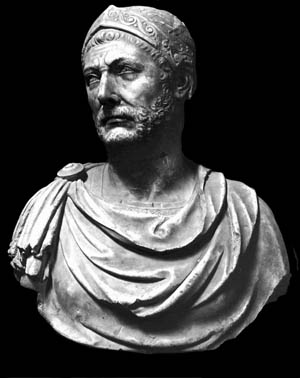
Usually the maniples were arranged in a kind of checkerboard fashion, but Scipio’s concern about the elephants prompted radical changes. The maniples were arrayed one behind the other in straight lines, leaving wide avenues between the formations. The elephants natu- rally sought paths of least resistance, so these gaps served as natural pathways for the pachy- derms to follow. These wide gaps would also be avenues of escape for the velites, whose main job would be to deal with the elephants, not enemy skirmishers.
Once the elephants charged, the velites would do all in their power to wound the beasts, throwing their javelins while trying to avoid the massive feet and swinging tusks. They swarmed in front of the heavy infantry, blocking the enemy’s view of the pathway. If the elephants did as they were supposed to do and funneled through these gaps, they would have to run a gauntlet of pila and other missiles.
The battle began with skirmishing by the two rival groups of Numidian cavalry. Since this was in some respects a civil war between fellow countrymen, the fight was particularly brutal. No quarter was asked or given.
Hannibal launched a full-scale elephant attack. As the massive beasts approached, the Romans began to shout and strike their shields The resulting din merged with blaring Roman trumpets and horns to create an ear-splitting but controlled cacophony. It was controlled because Scipio had specifically ordered it. This was no random war cry or spontaneous expression of battle ecstasy. The noise was designed to frighten and confuse the elephants, and the tactic partly succeeded.
Some panicking pachyderms veered to the left, crashing into Hannibal’s Numidian cavalry, already reeling from the drubbing they were receiving from their Roman-allied countrymen. Actually, the Carthaginian Numidians were already defeated, but the elephants turned a serious reverse into a substantial rout. Some of the frightened elephants also turned to the right, where they encountered Roman and allied cavalry under Scipio’s long-time compatriot Gaius Laelus. The Roman horsemen were less disordered by the rampaging animals, so their effect was negligible.
But not all elephants veered to the right or left. Some stampeded though the velites; in so doing, they caused fearful damage with their monstrous feet and sharp tusks. Carthaginian elephants crushed enemy soldiers under foot or tossed them around like rag dolls. A few elephants even reached the hestati, who found even their sturdy shields were no protection from an ivory tusk.
Some velites who were bolder than the rest, or perhaps more foolhardy, thrust javelins into the thick elephant hides at close quarters. The Romans knew from experience that the elephants were particularly vulnerable in their underbellies and hind legs.
Though the velites had been decimated they performed their assignment well. The stampeding behemoths thundered down the wide lanes between the mantiples, funneled to the rear as Scipio had intended. Once in the rear the surviving velites swarmed about them like human wasps, stinging them to death with sharply pointed javelins.
At that point, the Roman heavy infantry advanced, the hastati of Scipio’s front line being the first to see action. This part of the fight followed Roman standard procedure; the hastati threw their pila and then closed with swords and shields. Roman swords were primarily thrusting weapons. Romans wielding their swords did frightful execution. They stabbed, disemboweled, and sliced with horrifying ease. The Carthaginian mercenaries initially gave a good account of themselves, but the Romans wore down the enemy. Roman professionalism paid huge dividends.
The first line broke, and as their formation disintegrated the survivors sought refuge with the Carthaginian second line. But contrary to expectations the Carthaginian second line refused to open up and let their comrades gain admittance. Desperate to hide from the advancing Romans, the mercenaries began fighting the second line, dueling to force the latter to yield and let them in. Hannibal rode up to the combatants and restored order in a short time. First-line survivors were placed on the flanks of the second line, bolstering the overall defense.
The hastati ironically became victims of their own success. The battlefield was heaped with bloodied corpses, slimy with entrails and slick with copious amounts of gore. Perhaps even a few dead elephants added to the overall slaughterhouse effect. Negotiating through this bloody obstacle course was no easy task, and despite their training the hastati ranks grew disordered. Seeing the problem and wishing to nip it in the bud before it grew serious, Scipio had the Roman horns and trumpets blow halt.
The battle momentarily paused, and Scipio used the time to good effect. Instead of the usual staggered or layered arrangement of different types of infantry, Scipio formed one big single line composed of all the groups. Satisfied with the arrangement, he had the trumpeters and musicians sound the advance.
The melee slaughter commenced once again, and as the Carthaginian second line started to give way, the Romans were faced with their most formidable foes: the veterans of the reserve. The old- guard reserve, essentially a third line, was going to be the roughest nut to crack. These were the veterans, seasoned professionals who were well acquainted with Roman methods of warfare. They had marched up and down the length of the Italian boot for the better part of 15 years, and their faith in their old commander was unbounded.
Once again, bloody, hand-to-hand fighting was the norm, a brutal exercise in butchery and physical stamina. The fighting seesawed back and forth, and it was not immediately clear who would prevail, although the momentum was certainly with the Romans. By this time, Hannibal’s cavalry had been routed, and the Roman and Roman-allied Numidian horsemen were in full pursuit.
Just when the infantry clash was at its height the Roman-Numidian cavalry returned in the proverbial nick of time, hitting Hannibal’s veterans in the rear. It was too much, even for battle- tested soldiers, and the defense was shattered. Hannibal managed to escape the debacle with a few thousand refugees, but it was clear Scipio had exorcised the ghost of Hannibal’s invincibility forever.
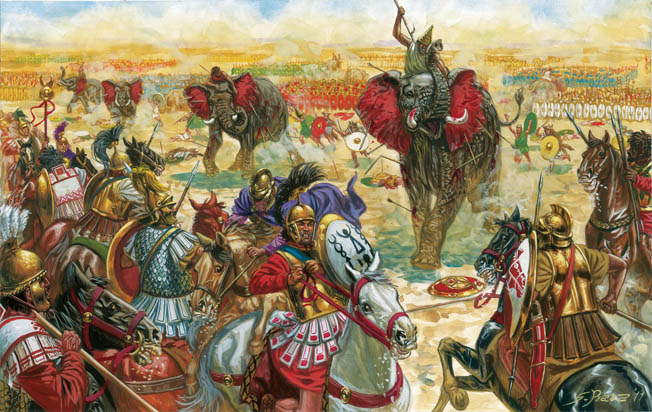
Hannibal returned to Carthage and urged peace. The people were reluctant to enter into peace with the Romans because they knew the terms would be harsh, but they eventually gave in. Scipio’s main goal was Roman dominance of the Mediteranean. Just as the Carthaginians had thought, the terms proved to be harsh. What remained of Carthage’s empire was confined to Africa. Carthage’s fleet was drastically reduced, and a heavy indemnity of 10,000 talents was imposed. Furthermore, the city had to acknowledge Massinissa as king of Numidia and ally of Rome.
Scipio returned to Rome in triumph, and to commemorate his great victory he was given the name Africanus. Unfortunately, he fell afoul of Roman politics and ended his days on his estates as a semi-exile. Hannibal became a Carthaginian public official and proved to be a good administrator. But Carthaginian politics proved just as volatile as Rome’s and within a few years the great general was forced to flee his homeland.
For more than 15 years Hannibal lived a peripatetic existence. He traveled from one king- dom to another, usually as a military advisor against Rome. When he was in his late 60s it looked as if Roman agents were going to take him into custody. To prevent being captured, he committed suicide by ingesting poison. The Romans never forgot him. When Roman mothers wanted to quiet naughty or restless children, they would whisper, “Hannibal is at the gates!”
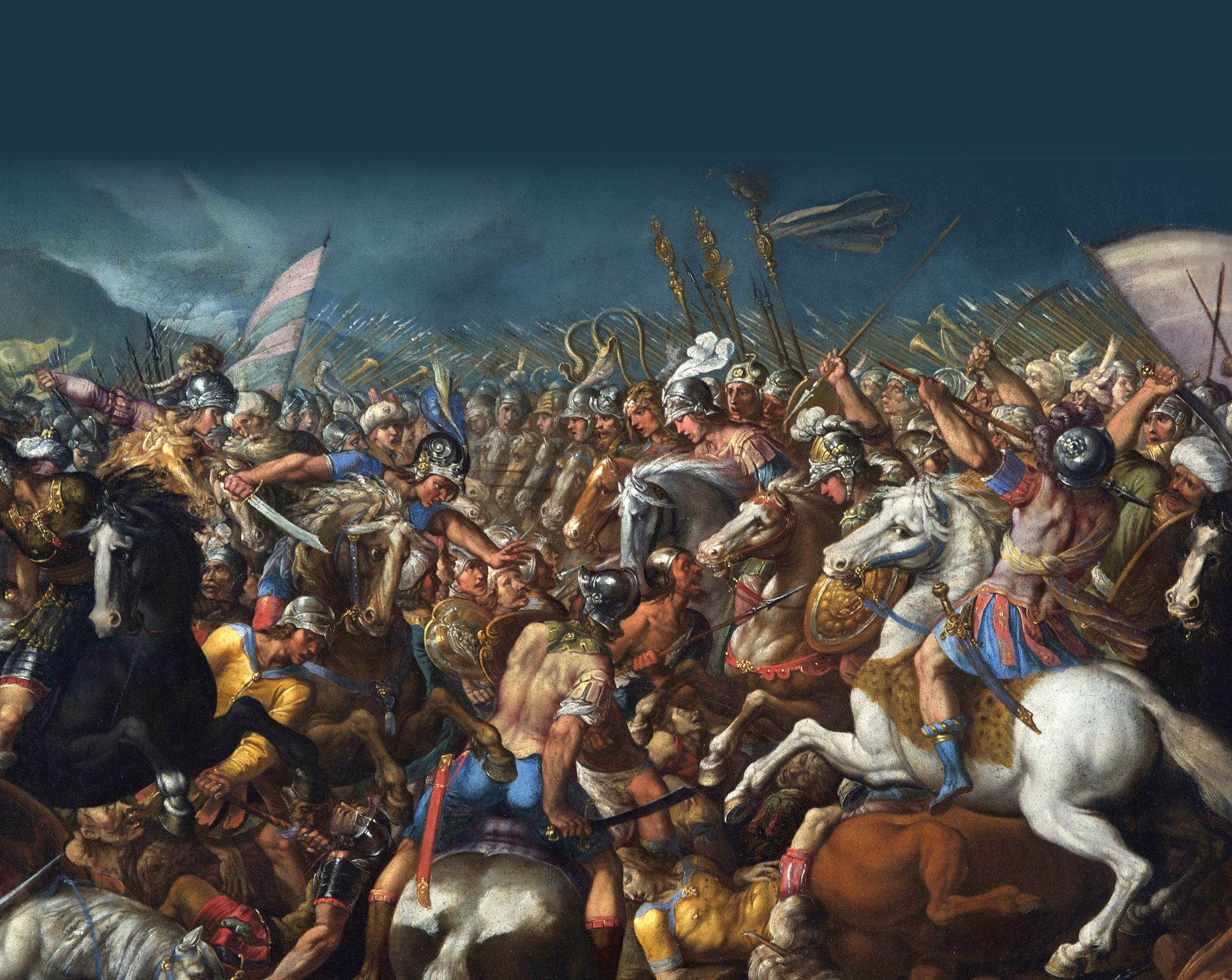
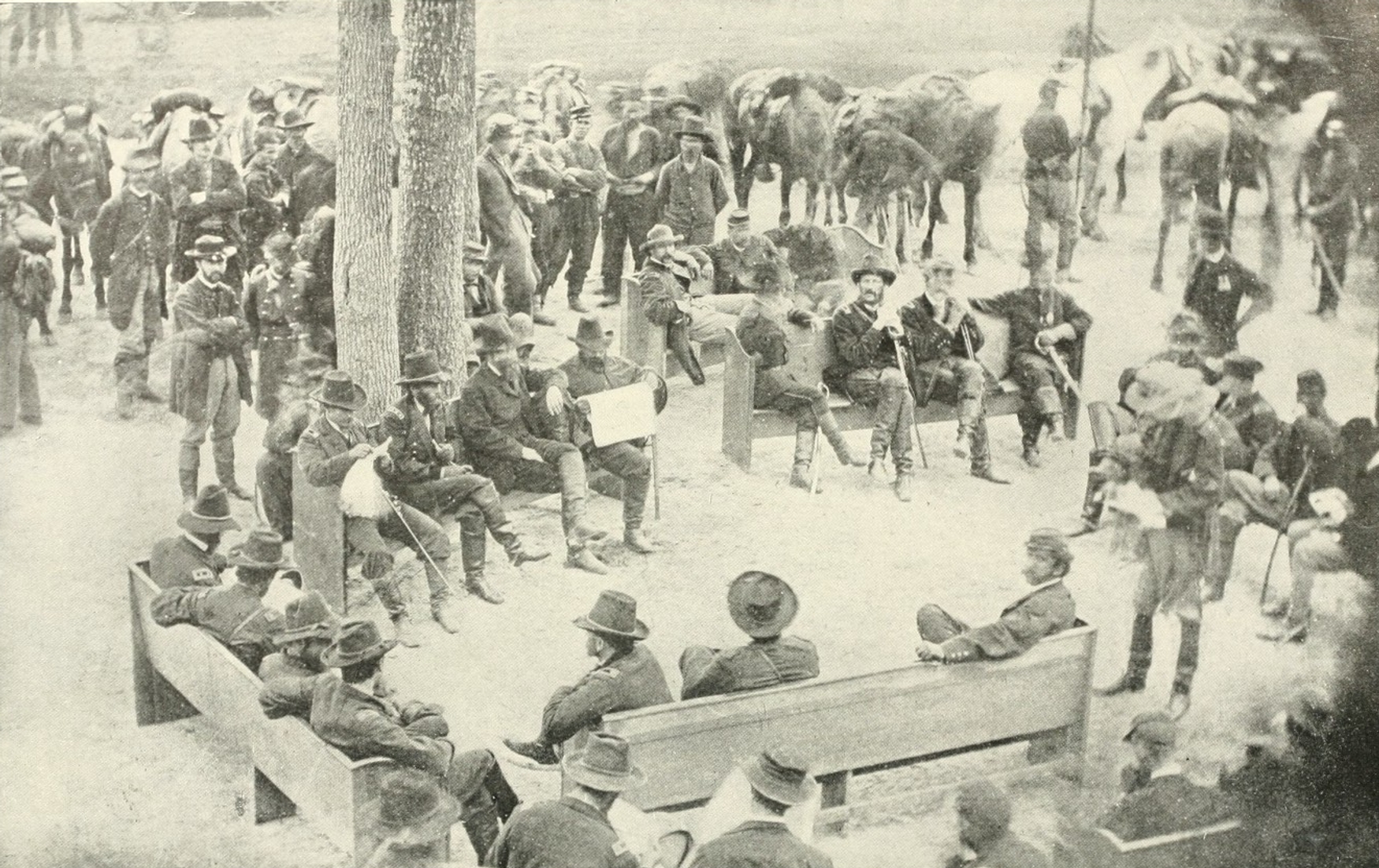
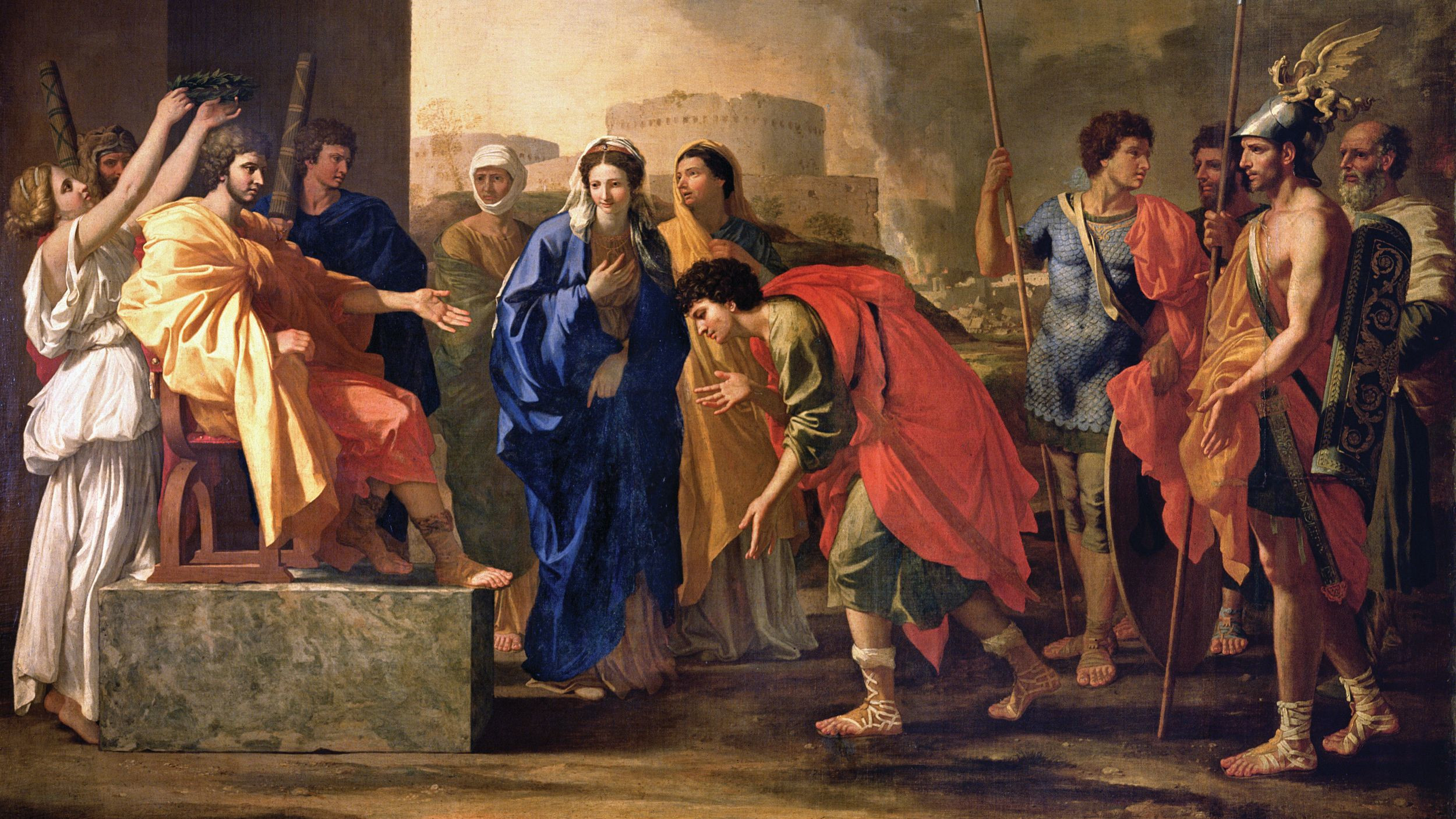
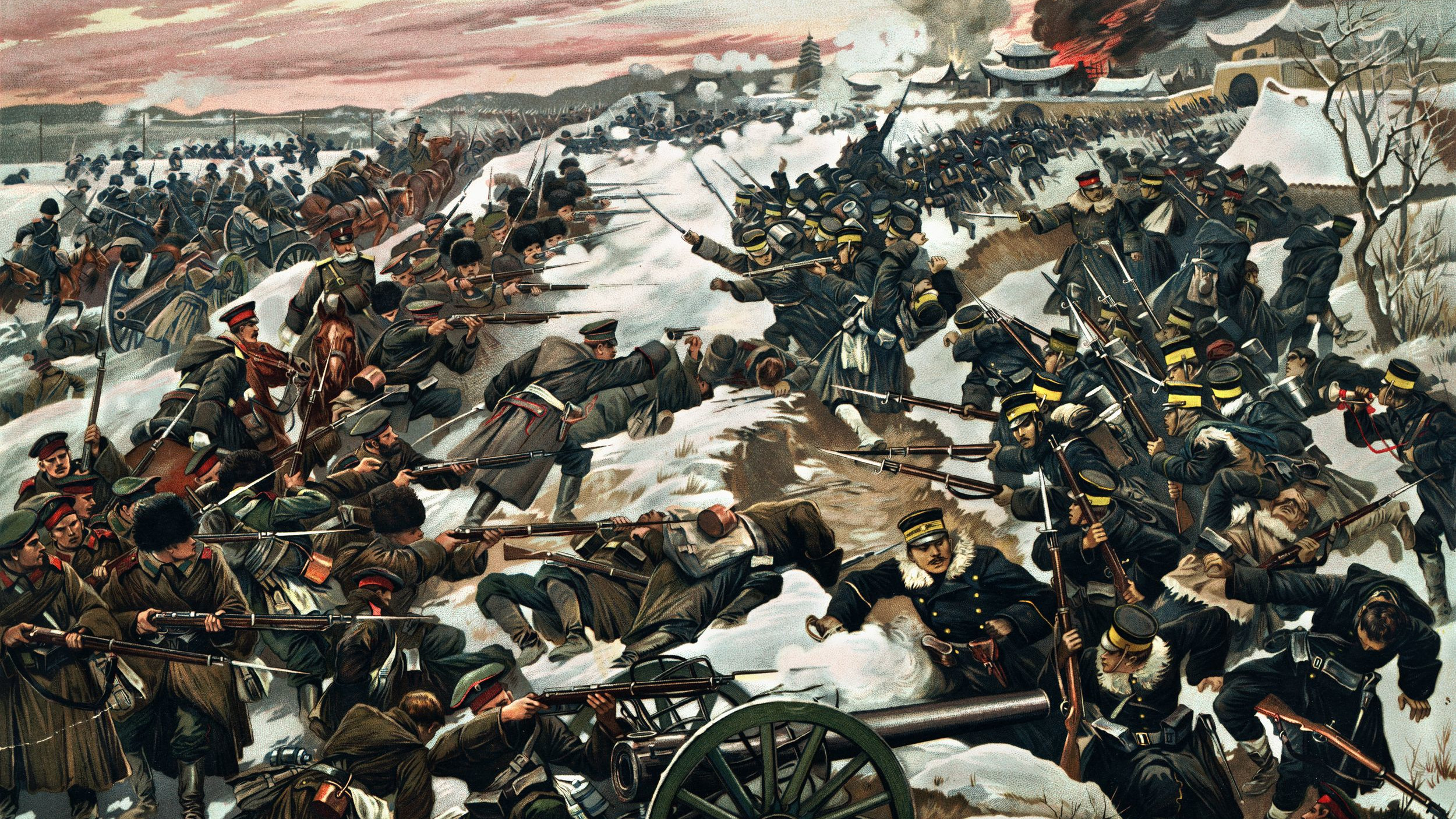
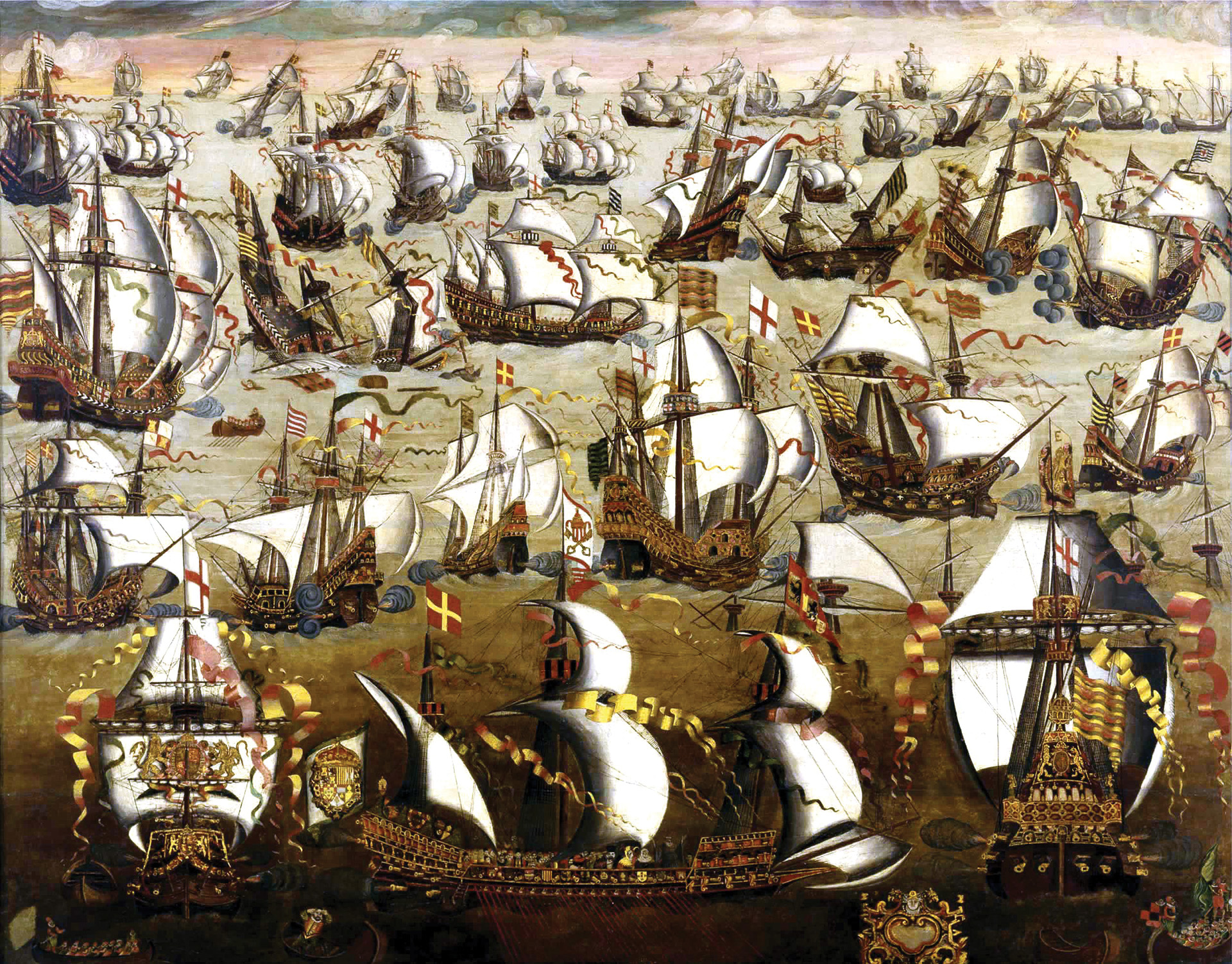
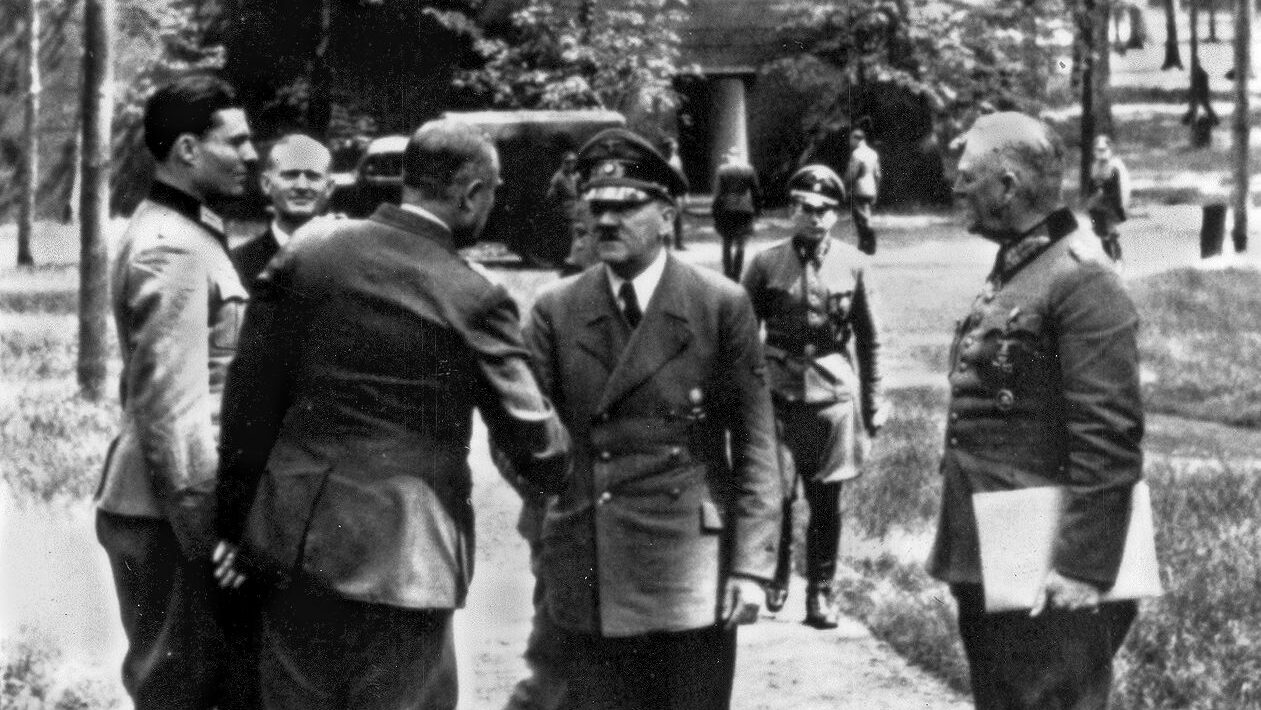
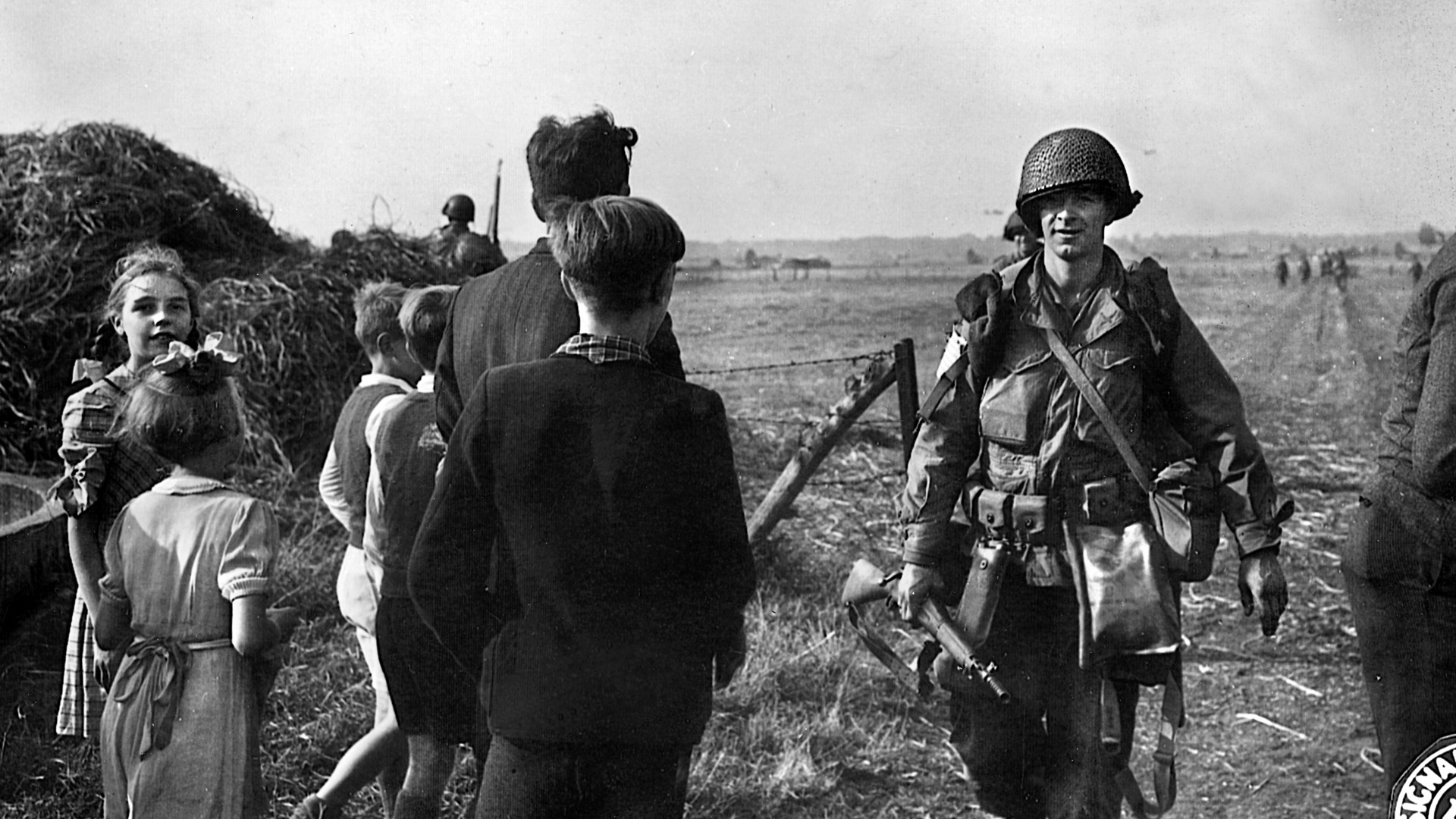
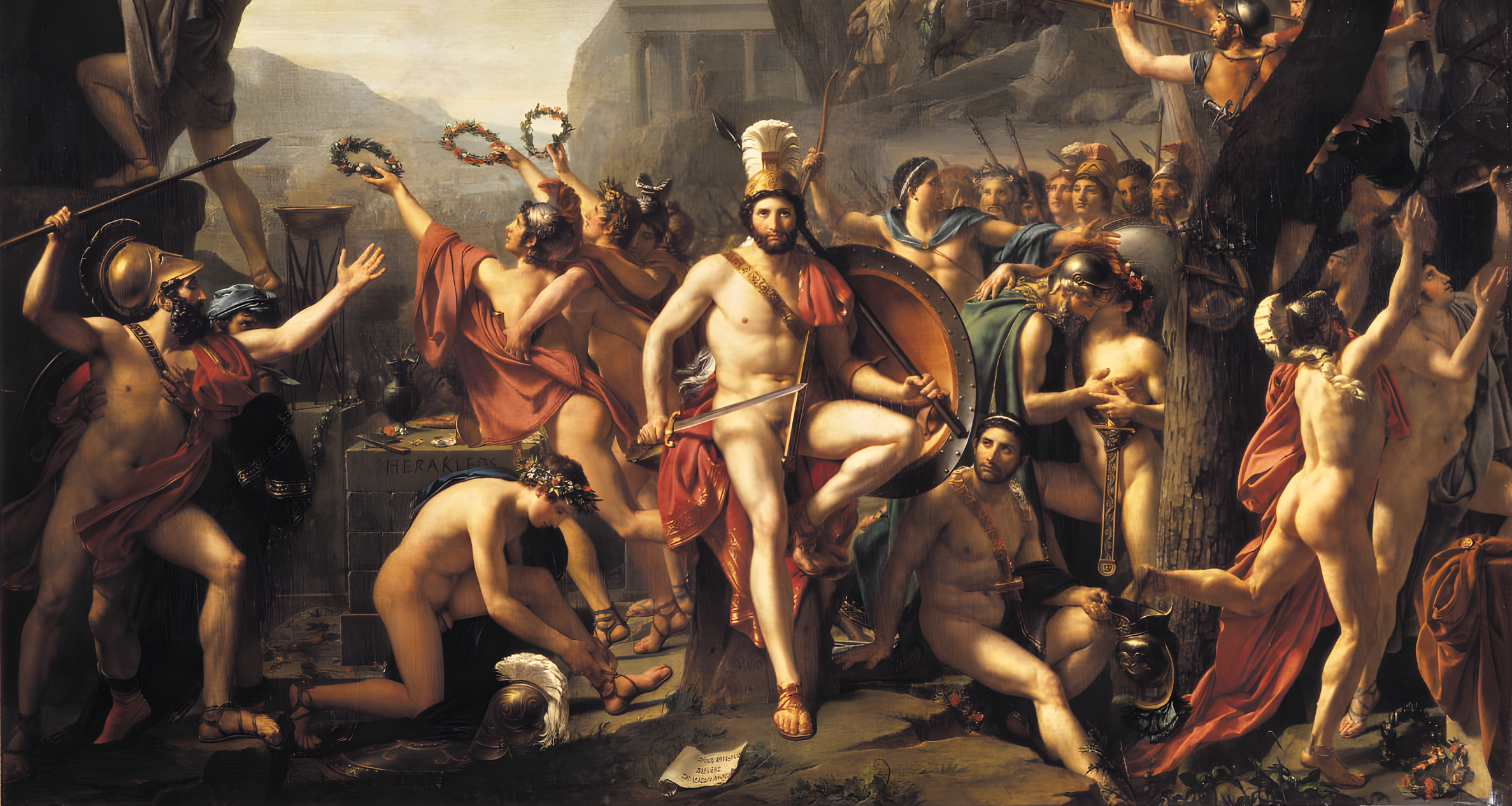
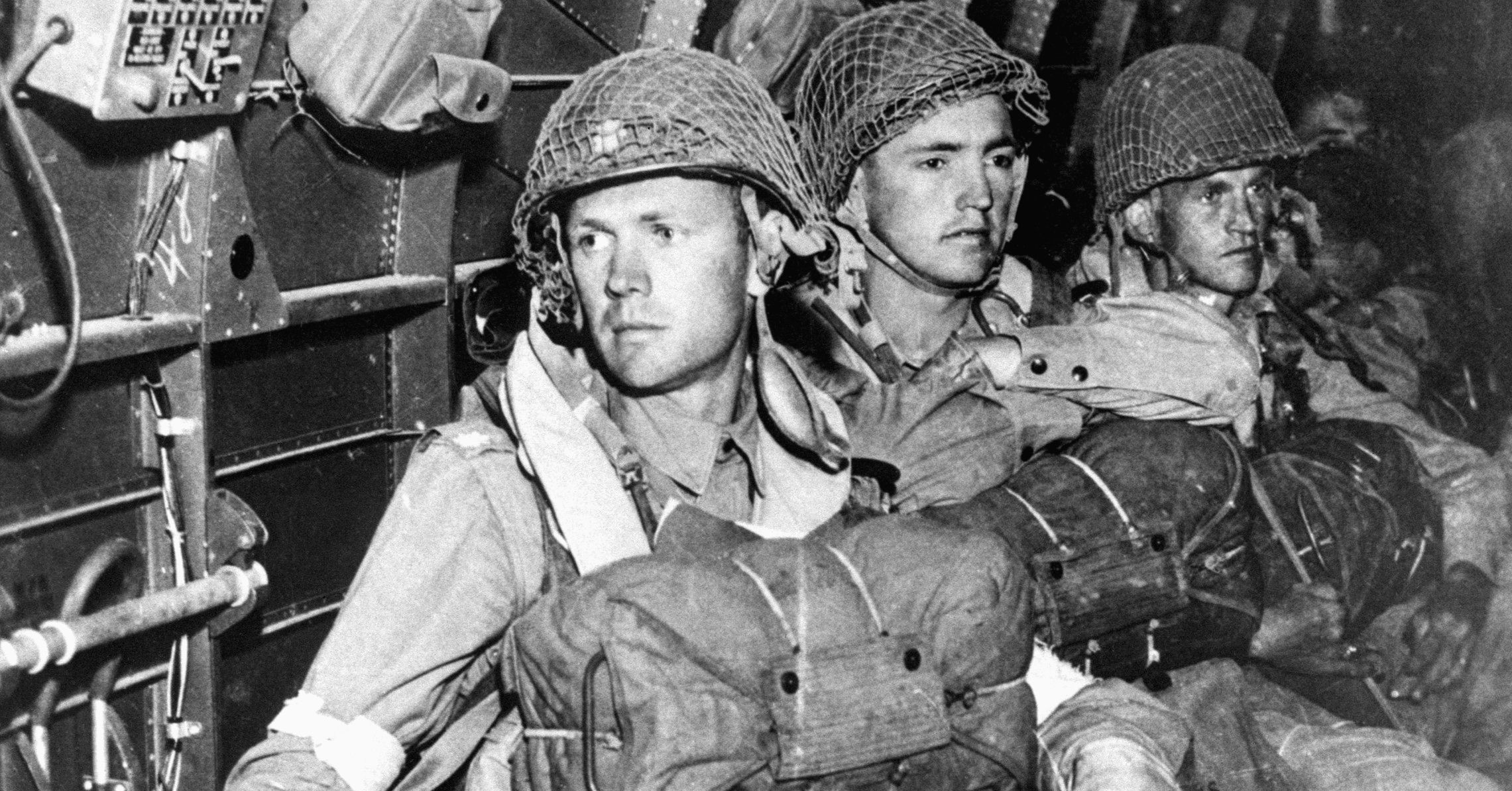
Join The Conversation
Comments
View All Comments